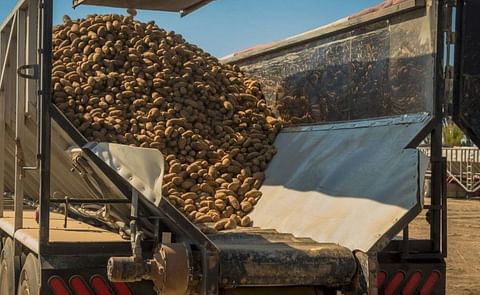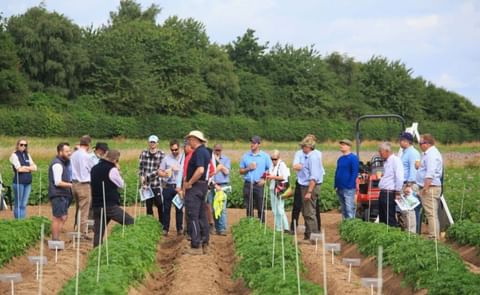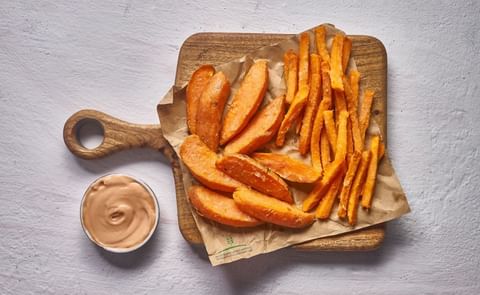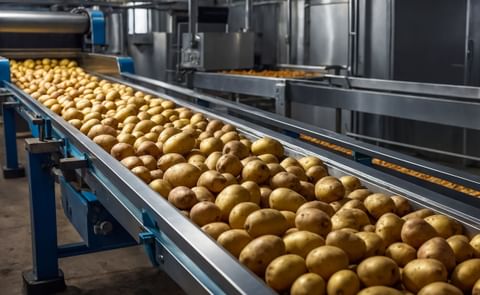The updated NEPG 2015 area estimate, excluding seed and starch potatoes, is available,
with total area now estimated down nearly 4% from last year and production estimated down over 12%
Areas in all countries are estimated lower than in 2014, principally as a response to the low market prices
available during the season.
In Belgium, the lower area comes partially from a lower early area, with
fewer contracts reported to have been available for early crops due to the level of old crop supplies at the
time. Nonetheless, trade data for Belgium shows an unusually large amount of seed imported from the
Netherlands in May. This could be an indicator of a late increase in maincrop plantings, or else a sign of
the currently tight market there leading to seed supplies being imported for processing.
In the Netherlands, the area estimate is unchanged from April, suggesting plantings were as intended.
In France, there has been a moderate reduction in area of 2%, but this disguises larger shifts between
sectors. The area planted for the fresh market has had the largest decrease, especially for salad
varieties, while a greater number of contracts available for the processing market has led to an increase
in area for that market.
Crop update
Although signs point towards a relatively average year, there is a lot of uncertainty surrounding crop potential
and positions moving into the new season. Following planting delays in most parts, the hot and dry weather
from June has impacted crops in all areas, although those that have been irrigated have fared much better.
Outside the NEPG, there are reports from Spain that crops have had to be removed from the ground and
grown in trays due to soil temperatures being simply too hot.
The early crop in Belgium was harvested late this season, symptomatic of delays in both earlies and the
maincrop. The longer the extreme heat and dryness from late June continues, the further crops are likely to
be held back. Currently, processers are reported to be expecting suitable new crop supplies to be available
from mid-July. Crops in the ground have decent (but not spectacular) tuber counts and dry matter content
currently, but with fewer growing days than at this point last year, most are simply not ripe enough yet and
have shown signs of water stress. There are more fears for later maincrop supplies, as with only 3% of
Belgian area irrigated, according to FIWAP many growers harvesting later are unsure whether they will be
able to fulfil contracts.
On the whole, crops in the Netherlands are in a similar situation, although greater use of irrigation takes the
edge off yield fears. For processors, the situation is also less immediately problematic due to the better
condition of those remaining old crop supplies, offering slightly more lee-way for the new crop to be delayed.
Yields still in general look to return more towards average.
The final old crop supplies in Germany are expected to be used in the first days of July, making it essential
for early new crop supplies to be available. However, with unusually few delays to earlies there so far this
season, this has not tightened the German market any more than others. Exports are expected to Belgium
and the Netherlands in the coming weeks of July as harvest progresses. Given the tighter new crop
conditions elsewhere, and with yields expected close to average, this leaves German early growers with an
essentially economic dilemma - harvest now with lower yields and higher prices to take advantage of others’
delays or harvest later to improve yields but sell at possibly lower prices. Costs have also been increased
with the high level of irrigation, which may also influence some growers’ decisions.
Crops in France faced a slow start with the cold and dry spring, followed by hot and dry weather from June
which helped growth, particularly where irrigation is available. The recent extreme heat and dryness may yet
harm some crops. From a yield perspective, tuber counts are not especially high, though this is very varied
across regions. On the whole, the crop outlook is not dissimilar to that in GB.
Crops in Great Britain appear to have been less drastically impacted by the recent hot and dry weather than
elsewhere. The 2-3 week delays to growth which emerged in May have persisted on the whole, although
conditions were mostly favourable during June. As a result, tuber counts are reported below last year’s.
Limited information on early crops concurs with yields closer to average.
North-western European Potato Growers expect potato production to drop 12 percent
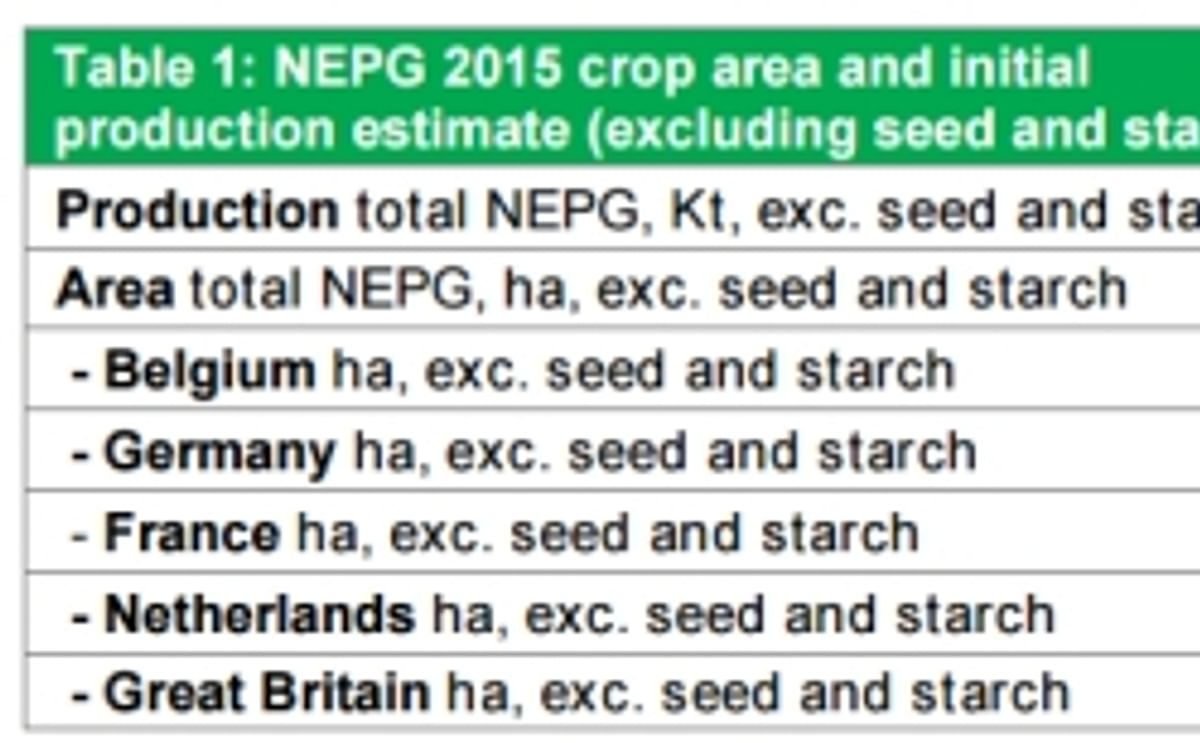
Like to receive news like this by email? Join and Subscribe!
NEW! Join Our BlueSky Channel for regular updates!
Highlighted Company
Sponsored Content
Sponsored Content
Sponsored Content
Sponsored Content
Sponsored Content



